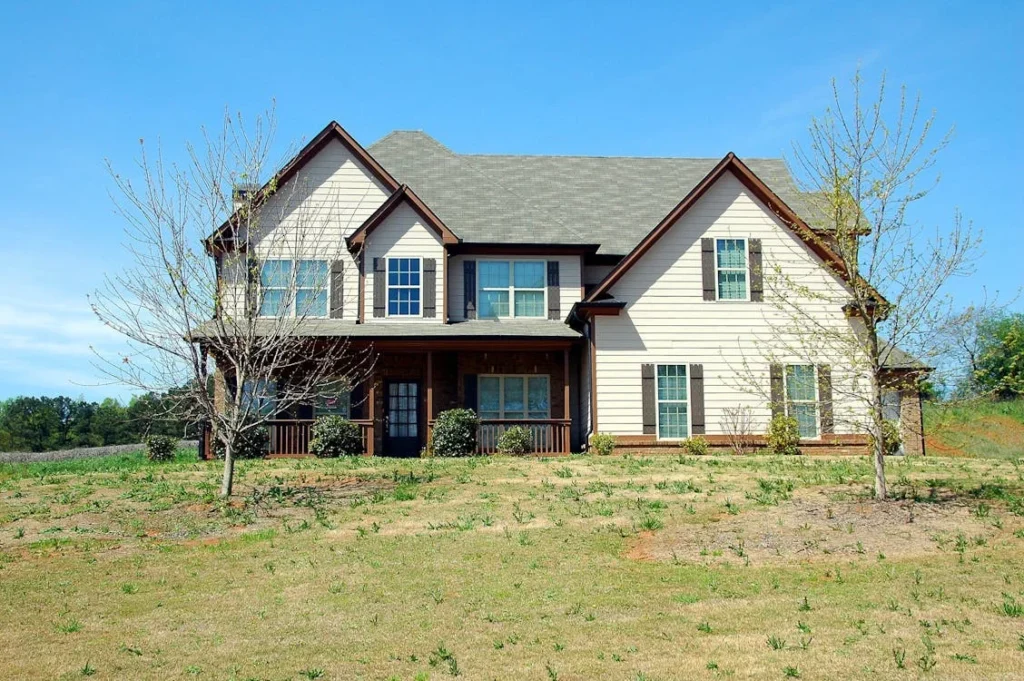A new roof is a big investment for any homeowner. Whether you’re dealing with an aging roof that needs replacement or you’re building a new home, understanding the costs involved is crucial for budgeting and planning. This article will provide insights into the factors influencing installation costs, what to expect during the installation process, and tips for managing your budget effectively.
Understanding the Process of Roof Installation
Before diving into the financial aspects, it’s essential to understand the process involved in roof installation. The first step typically involves a thorough inspection of the existing roof, where contractors assess its condition and determine whether a complete tear-off is necessary or if a new layer can be added. Once this assessment is made, the contractor will provide an estimate based on the scope of work required. During the installation, various factors influence roof installation costs, these include the type of materials chosen, the complexity of the roof design, and any additional features such as skylights or ventilation systems. A reputable contractor will guide you through the selection of materials, explaining the benefits and drawbacks of each option to help you make an informed decision.
Once the materials are selected, the actual installation can begin. This process may involve removing the old roofing material, repairing any underlying damage, and installing the new roof according to industry standards. Having a professional handle this process ensures that it is completed safely and efficiently, minimizing potential issues in the future.
Factors Influencing Costs
Several factors influence the total cost of a new roof installation. Understanding these elements can help you anticipate expenses and make better financial decisions.
Material Choices
The choice of materials is one of the most significant factors affecting installation costs. Options range from asphalt shingles, which are generally the most affordable, to metal, tile, or slate roofs, which can be more expensive but offer greater durability and aesthetic appeal.
Roof Size and Complexity
The size of your roof and its design complexity also play crucial roles in determining costs. Larger roofs demand more materials and labor, resulting in greater costs. Additionally, roofs with multiple slopes, angles, or architectural features may require more skilled labor and time, further impacting the total price.
Labor Costs
Labor costs can vary significantly based on location, the contractor’s experience, and the time of year. In some areas, labor is more expensive due to a higher demand for roofing services. It’s essential to obtain multiple quotes from qualified contractors to ensure you receive a fair price for labor.
Additional Considerations
When planning for a new roof installation, it’s important to account for other potential costs beyond materials and labor.
Permits and Inspections
Depending on local restrictions, you may be required to get permits for your roofing job. These permits can add to the overall cost, so it’s wise to inquire about them during the planning phase. Some contractors include permit fees in their estimates, while others may charge them separately.
Cleanup and Disposal
After the installation is complete, the cleanup process must be considered. Responsible contractors will typically include cleanup and disposal of old materials in their services. However, it’s a good idea to clarify this in advance to avoid unexpected charges.
Insurance and Warranties
Make sure to discuss insurance coverage and warranties with your contractor. Quality roofing systems should come with warranties that protect you against defects in materials or workmanship. Understanding the terms of these warranties can provide peace of mind and help you assess the long-term value of your investment.
Budgeting for Your New Roof
Once you have a clear understanding of the factors affecting installation costs, it’s time to create a budget for your new roof. Here are some suggestions to keep you on track financially:
Obtain Multiple Estimates
Don’t settle for the first quote you receive. Reach out to multiple contractors to compare prices and services. This will give you a better sense of the market rate for roof installation in your area and help you identify any red flags.
Prioritize Your Needs
Consider what features are essential for your new roof. While it may be tempting to opt for high-end materials and features, prioritize what is necessary for your home. Focus on achieving a balance between quality and affordability.
Plan for Unexpected Costs
Always save a reserve fund for unforeseen needs. During the installation process, unforeseen issues may arise, such as structural damage that needs to be addressed. Having a financial buffer can help you manage these surprises without stress.
The Long-Term Value of a New Roof
While the initial costs of a new roof can seem daunting, it’s essential to recognize the long-term value it provides. A high-quality roofing system can enhance your home’s curb appeal, improve energy efficiency, and increase property value. Additionally, investing in a durable roof can save you money on repairs and maintenance in the long run.
Understanding the costs associated with a new roof installation is vital for any homeowner. By familiarizing yourself with the installation process, the factors that influence costs, and effective budgeting strategies, you can make informed decisions that align with your financial goals.
Investing in a professional roofing system is a significant step in protecting your home and ensuring its longevity. Take the time to research, compare options, and work with qualified contractors to achieve the best results for your new roof.







